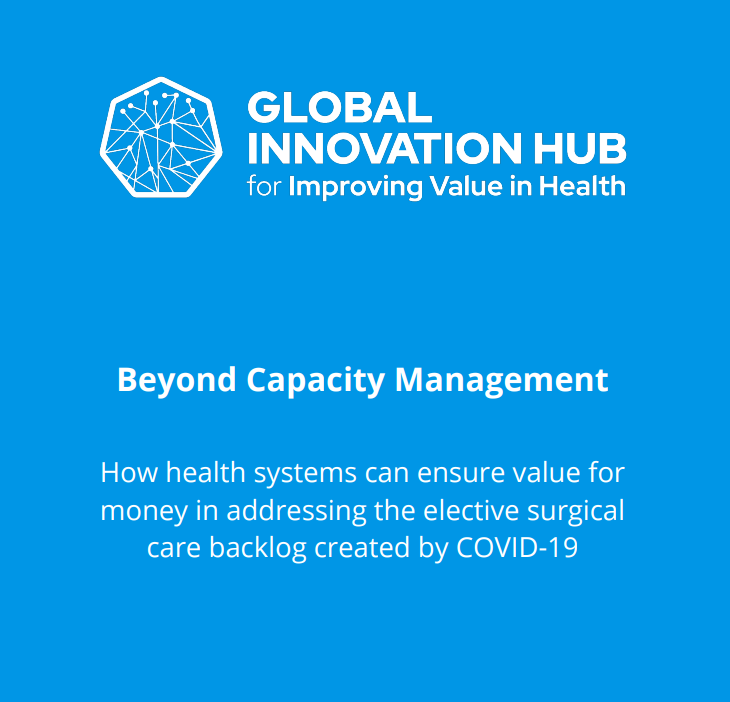Signals of Change: Horizon Scanning for Saudi Arabia’s Health System
Commonly, healthcare systems respond to pressing issues reactively. In…

Commonly, healthcare systems respond to pressing issues reactively. In…
Saudi Arabia has clearly demonstrated its ability to implement…
The OECD PaRIS Field Trial marked a historic milestone…